Handwritten letters are a lost art form.
Modern technology and convenience have replaced handwritten letters (even viewing them as archaic) and replaced them with a crazy form of shorthand, filled with abbreviations and emojis.

I may be somewhat old-fashioned, but I love handwritten letters and journals. It’s my goal to find handwritten journals, diaries, datebooks, and letters when I visit antique stores. It’s also why I love keeping journals myself. There’s something powerful in letting the emotions travel from your head out the end of a pen. For me, writing helps me to understand, to see in clear black & white some of what’s rattling around in there.
We tour museums just to see handwritten notes of artists, writers, and scientists. They wrote to flesh out ideas, to plan their days or even to explore their feelings on life and their art. We are fascinated and eager to glean even a tiny bit of their brilliance from these handwritten notes in hopes that we can figure out a bit of our own. Writers turn entries from their journals into books. Businesspeople flesh out concepts and ideas. Screenwriters and playwrights find nuggets of dialogue.
I can quote you tons of research on why journaling is healing and therapeutic. I can offer you examples from my own life where it was a lifeline and the only thing that got me through difficult times, but instead, I’m just going to jump into how I do my daily journaling and ask you to give it a shot.
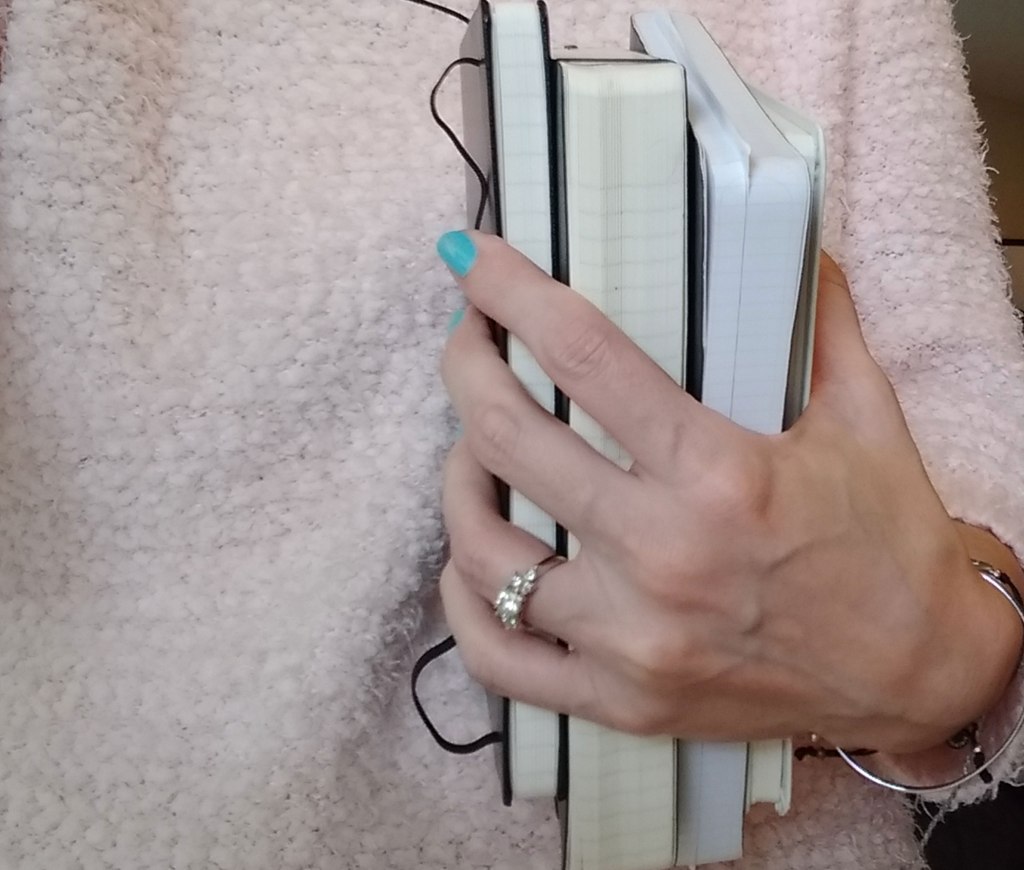
Journaling is very individual and there are no wrong ways to do it. I’ve taken classes on journaling, read books on the subject and read many, many diaries and journals of others. Each one was unique and individual to the person who penned them. I’ve tried many techniques over the years that haven’t worked for me, but in trying them out I’ve discovered what I like and what I don’t. If you haven’t found your journaling groove yet…I hope you give some of the below tips a try.
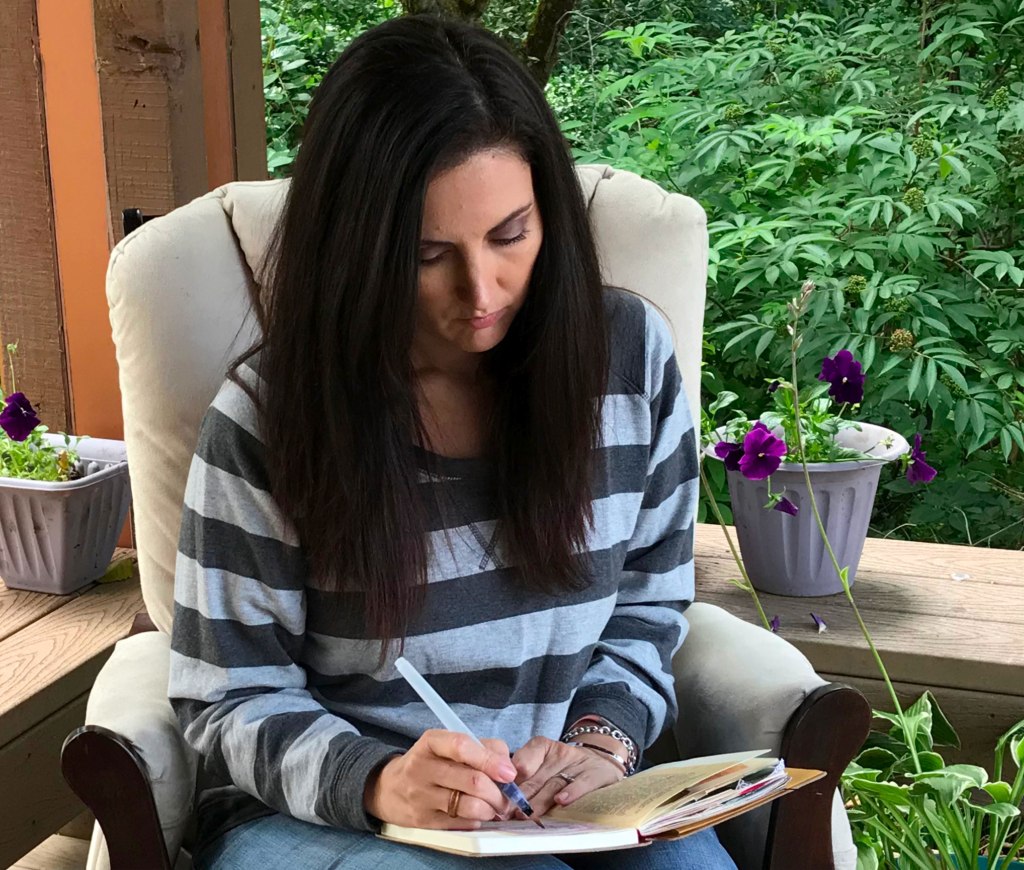
The Notebook
There are tons of notebooks out there and each person has their personal preference. I’ve finally found ones that I love and buy repeatedly. I’ve also got a stack of journals I can’t stand for one reason or another, so my advice…just buy one and try it out. If you hate it, move on to another one. Buy the cheapest one you can find and just get started.
My current favorites are:
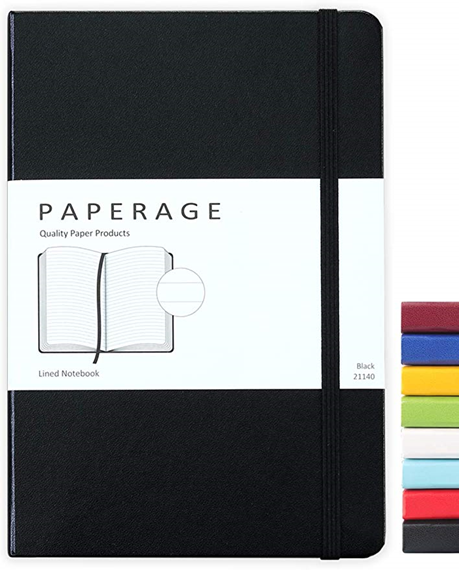
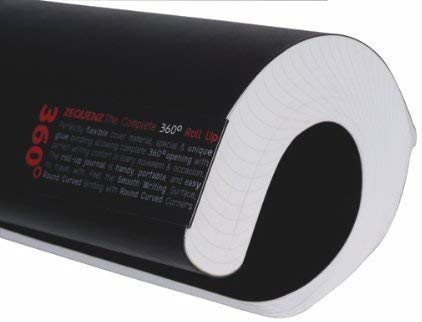
5×7 lined Amazon

Pens
Same advice as above. I have different pens for different journals. Certain pens just perform different on different paper, so try them out. I like to turn to the last page of each notebook and try out tons of pens to find the one that works best.

Daily Practice
Journaling is a valuable part of my day. It’s morphed over the years into something extraordinary and profound. Living through immense grief forced me to look at not only myself and how I view my space in the world, but it also had me questioning my faith. So, journaling became a hybrid of these things. I needed to find a way to connect with my feelings, to process them but also to communicate with God about those things. My journals needed to be a safe place to voice my worst thoughts and feelings, but also a place where I found answers and ways to be thankful and to stay aware of things outside of my pain. Without those things my journals quickly turn into a dark dumping ground. I wanted my journals to allow for expression but not a place I got lost in the darkness.
Here is a basic breakdown of my journal entries…
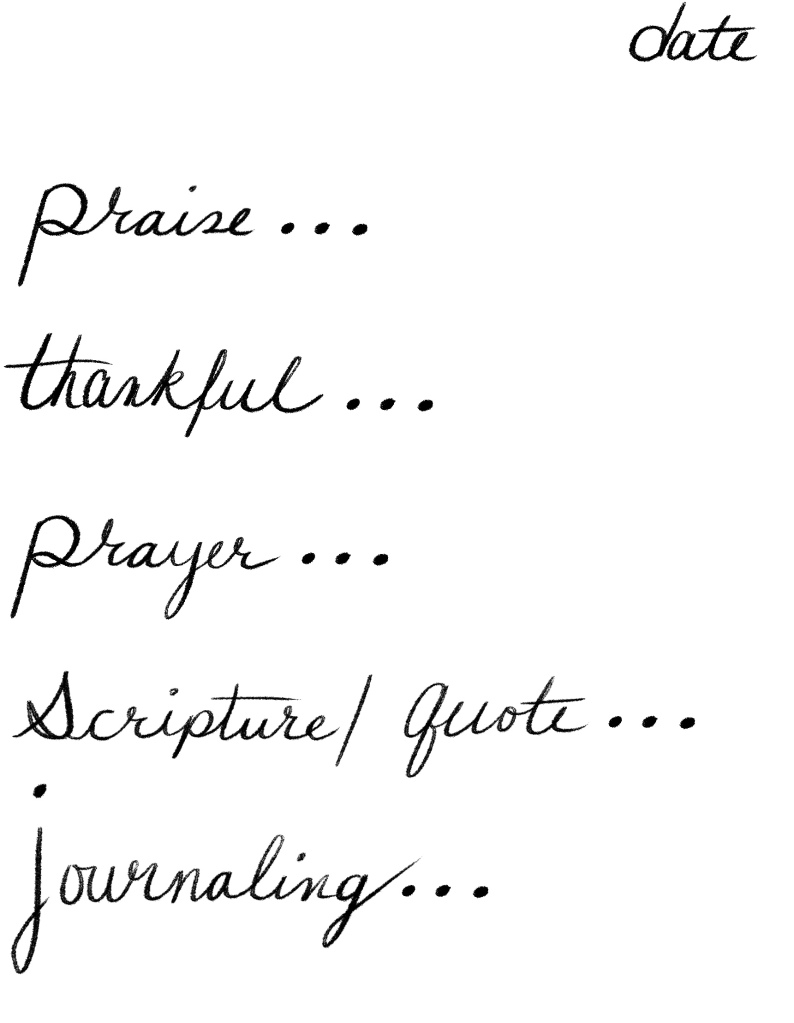
Praise / Devotion: I like to start by appreciating something about God. A quality or attribute I appreciate about Him.
Thankful: I write about something I’m thankful for…can be something small or big.
On difficult days these first two can be hard for me. If I’m feeling angry, frustrated or upset in someway these can be more difficult for me to express. Often, I can push myself to write about them anyway but other times I know if I force myself, I won’t journal at all, just avoid them, so I move ahead without them. Journaling is about what works for you.
Prayer: Here is where I talk to God. I unload all my questions, my concerns, my feelings, etc. It’s like a daily letter to God.
You could write to mother earth, the universe or whatever higher power you’re comfortable with. You could write to your future self or even to your children.
Scripture: Then I ask for a scripture to help me with something I’m struggling with. This could be an inspirational quote or mantra.
Once I’ve found a scripture that speaks to a concern I’ve voiced, I will dig into additional research and articles. I like to make note of any key points I gleaned.
Journaling: I like to wrap up by adding additional thoughts I’m having. This is the general journaling portion of my daily entry. Some days this final portion is long and other days I have nothing to add here because I got it all out during my prayer portion. Other times it’s a space for me to reflect on how the scripture and research answered any of my worries or feelings.
It usually takes me about an hour and I always feel lighter when I’m finished.

If you have a daily journaling practice, I’d love to hear all about it! If you give this method a try, I’d love to hear how it goes.

One thought on “Art in the Written Word”